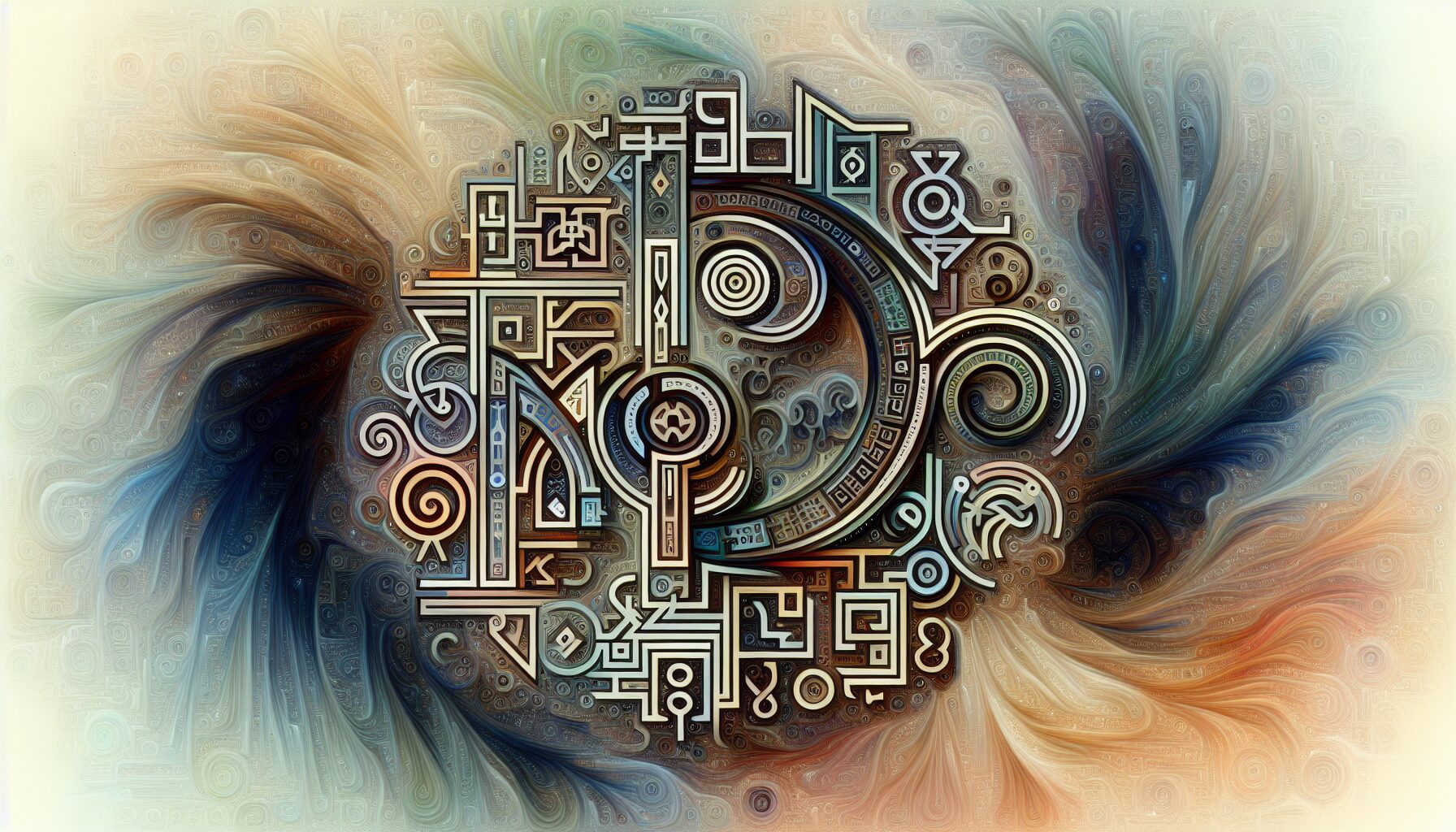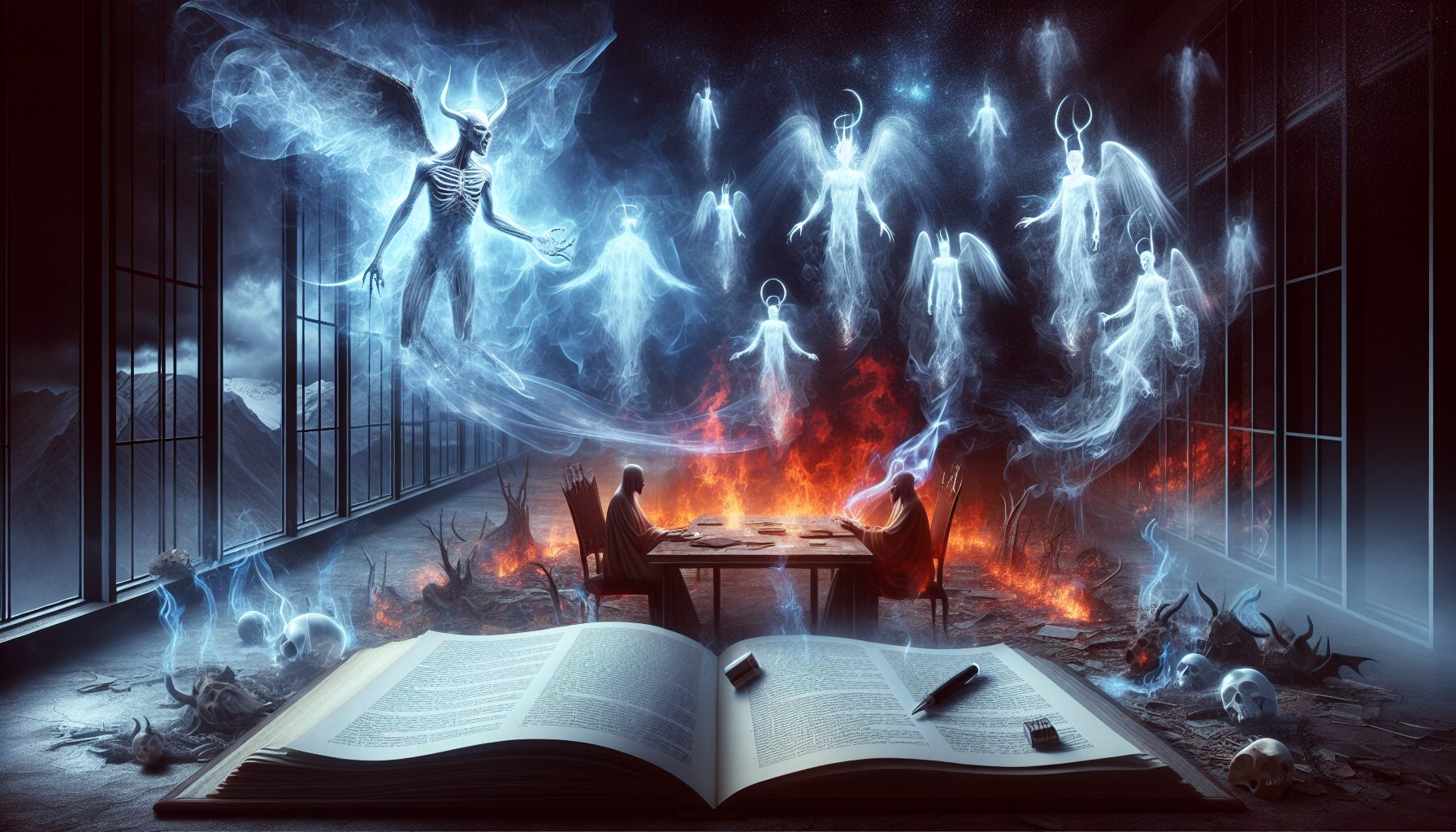Throughout history, magic has been a concept of wonder and mystery, captivating the human imagination. From the mystical realms of ancient mythology to the enchanting worlds of modern fantasy literature, magic has often been considered beyond the reach of scientific laws. However, what if there were a form of hidden physics underlying these mythical powers? This concept, often referred to as “arcane mechanics,” attempts to bridge the gap between magic and science.
Understanding Magic: An Overview
Traditionally, magic is understood as supernatural powers that allow one to influence or predict events through mysterious forces. According to various cultures, these powers are often manifestations of divine will or natural energies. However, as science has developed, particularly in the realm of physics, questions have emerged about whether there could be a scientific basis for these myths.
“Magic is the science and art of causing change to occur in conformity with will.”
– Aleister Crowley
The Concept of Arcane Mechanics
The idea of arcane mechanics proposes that magic could operate under a set of physical laws as yet undiscovered by modern science. This hypothetical field draws parallels with concepts in theoretical physics, such as quantum mechanics and string theory, which explore the universe’s most fundamental properties.
- Quantum Interpretations: Quantum mechanics, which describes the behavior of particles at the smallest scales, suggests that particles can exist in multiple states at once, a phenomenon known as superposition. This concept has been likened to magical phenomena, where outcomes can appear probabilistic and unpredictable.
- Parallel Universes: The theory of parallel universes implies the existence of alternative realities. If these realities can be accessed or influenced, it could provide a scientific framework for understanding magic as depicted in numerous fantasy narratives.
- Energy Manipulation: Magic often involves transforming or manipulating energy, similar to physical processes of energy transfer. The famed physicist Nikola Tesla once noted that “If you want to find the secrets of the universe, think in terms of energy, frequency, and vibration.”
Magic Through the Lens of Modern Science
Let’s delve deeper into how scientific theories could potentially explain various magical phenomena:
Telekinesis and Electromagnetic Theory
The ability to move objects with the mind—known as telekinesis—is a staple of magical fiction. However, some researchers suggest that such feats, though currently scientifically unverifiable, could hypothetically be achieved by manipulating electromagnetic fields. By controlling these fields with precise mental focus, similar to technology that currently enables remote electronic signals, telekinesis might one day inch from fiction to reality.
Alchemy and Chemistry
Historically, alchemy aimed to transform base metals into gold and discover the elixir of life. While discredited as a science, alchemy laid the groundwork for modern chemistry. If transmutation is conceptually achievable through chemical reactions, then its essence can be seen as an early attempt to codify the magical into scientific terms where elemental transformation is explored at the atomic level.
Invisibility and Optics
Invisibility is often featured in tales of magic. Modern physics contemplates invisibility through the concept of bending light around objects—a feat potentially achievable through metamaterials that can refract light. Such developments suggest that invisibility, once the purview of magic and mythology, could become feasible with further advances in material science and optics.
Magic in Literature and Popular Culture
Magic’s allure extends beyond theoretical physics into rich cultural expressions. Throughout literature and media, authors have integrated these mechanical concepts to bolster their magical worlds.
“The world is full of much greater wonders than the magic of a wand.”
– J.K. Rowling, Harry Potter
In the Harry Potter series, for instance, wands act as conduits to channel the witch or wizard’s innate magical abilities, analogous to how scientific instruments channel human knowledge to exert influence over physical forces.
Science, Belief, and the Future of Magic
The exploration of magic through the lens of science, or arcane mechanics, beckons a question central to the human experience: is there more to the world than we currently comprehend? While mainstream science remains skeptical of claims beyond empirical testing, the boundaries of our understanding continue to stretch.
Arthur C. Clarke’s third law famously claims: “Any sufficiently advanced technology is indistinguishable from magic.” This concept encourages scientists and dreamers alike to envision futures where today’s fiction materializes as tomorrow’s fact.
Conclusion
Arcane mechanics compels us to question the reality we inhabit and the foundational rules governing it. As our scientific horizons broaden, possibilities grow that some form of magic, grounded in the principles of physics, might eventually bridge the great divide between the realms of the mystical and the empirical. For now, magic continues to captivate us—not as something that defies explanation—but as a testament to how much more there is to discover.









